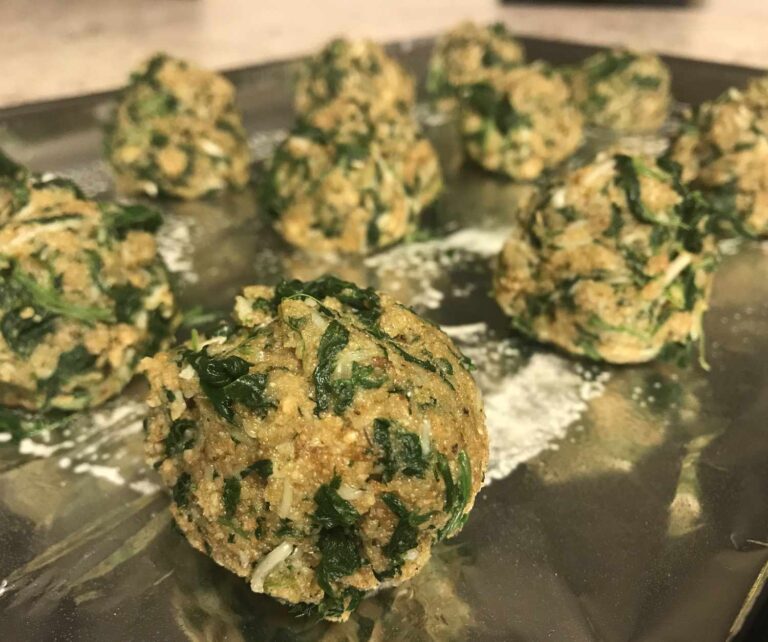Irresistible BBQ Pork Crispy Rice: A Flavor-Packed Delight for Every Occasion
Understanding Nutritional Information for Recipes
When it comes to cooking, having a clear understanding of nutritional information can enhance your culinary experience. Whether you’re developing a healthy meal plan or simply trying to make informed choices, being aware of the nutritional labels can be incredibly useful.
Importance of Nutritional Values
Knowing Your Daily Needs
Nutritional values are typically based on a standard 2,000-calorie diet. However, individual’s needs can vary widely. It’s essential to tailor your intake according to your personal health goals and dietary requirements.
- Caloric Needs: Depending on age, gender, and activity level.
- Health Goals: Weight loss, muscle gain, or maintenance impact your nutrient needs.
Understanding Nutrient Information
While many recipes provide detailed nutrient information, not all ingredients will have available data. Here are a few aspects to consider:
- Macro and Micronutrients: Pay attention to proteins, fats, carbohydrates, vitamins, and minerals.
- Ingredient Variance: The nutritional profile can change based on the quality and type of ingredients used.
Navigating Nutritional Labels
Interpreting Percent Daily Values
Percent Daily Values (%DV) indicate how much a nutrient in a serving of food contributes to a daily diet. Understanding these percentages can help you manage intake effectively.
- 5% DV or less: Considered low in that nutrient.
- 20% DV or more: Considered high in that nutrient.
Dietary Restrictions
If you’re following a specific dietary plan or have health concerns, it’s crucial to be mindful of these values. Always consult a healthcare professional if you’re unsure about how certain nutrients may affect your health.
Practical Tips for Using Nutritional Information
Ingredient Selection
Choose ingredients that not only taste good but also contribute to a balanced diet. Here are some tips for making healthier choices:
- Opt for Whole Foods: Fresh fruits, vegetables, whole grains, and lean proteins.
- Limit Processed Foods: These often contain hidden sugars and unhealthy fats.
Cooking Techniques
The way you prepare your food can significantly impact its nutritional value. Consider these methods:
- Steaming: Retains nutrients better than boiling.
- Grilling: Allows excess fat to drip away, making meals heart-healthy.
Conclusion
Understanding nutritional information is vital for making educated choices in the kitchen. Whether you’re cooking for yourself or for family and friends, knowing how to read and interpret labels can help you create delicious meals that cater to your health goals.
Final Thoughts
Always remember to consider personal dietary needs and consult healthcare professionals when necessary. By incorporating these principles, you can enrich your cooking experience and promote a healthier lifestyle.







